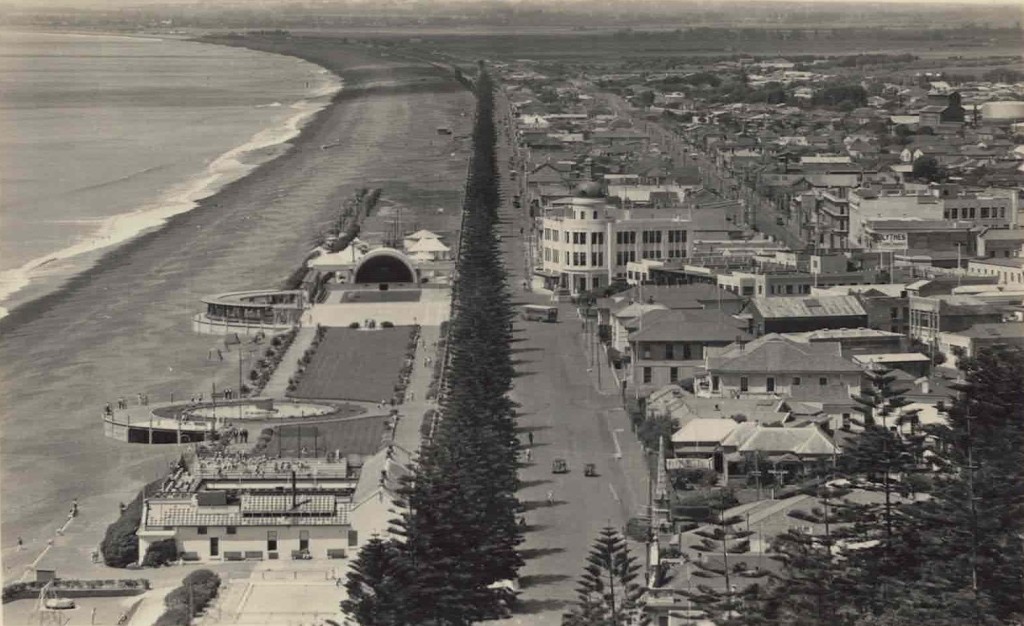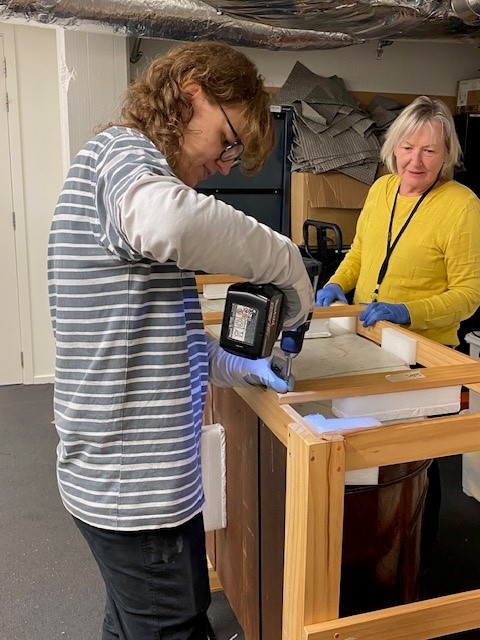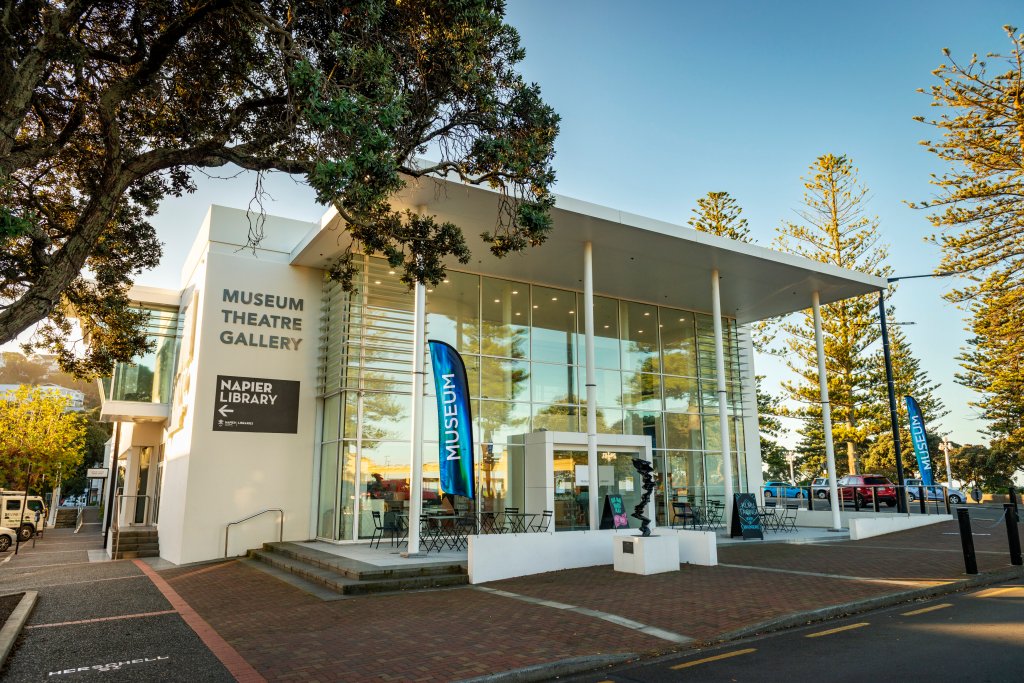
At MTG Hawke’s Bay Tai Ahuriri we’re always looking for new ways to ensure we’re welcoming and engaging for all our community. From having a lovely warm Customer Service team who greet you on arrival, through to providing accessible facilities, we aim to make MTG a place that everyone and anyone can enjoy.
We’ve had lovely feedback about various changes we’ve made over the years. People love having kaumatua talking to them directly through film in Kuru Taonga: Voices of Kahungunu and so we added more of this in Pūkākau o te Whenua. Two community arts and culture evening events have become a norm at MTG – Nuit Blanche and Matariki. Sunday cinema, Art Beats (Maverick Modigliani this Thursday 7pm), the International Film Festival, along with other cinema screenings, have been popular and been provided in direct response to community request.
Families continue to love the Activity Trails, and the Drop-in-Zone on weekends and school holidays, so these remain a staple. At times these are linked to other themes in the country – for example 6-12 May is Sign Language Week, so our Drop-in-Zone will be focused on learning some simple signs including how to spell your name. The theme for Sign Language Week this year is “An Aotearoa where anyone can sign anywhere” so why not come in and participate this week.
We’re also wanting to create more space for serious conversations and life-long learning. To that end, Councillor Michael Fowler, whom many of you will know from his columns in this paper, is giving a talk on the legendary 30,000 Club – which looks set to be full of interesting and amusing tales. The 30,000 Club shaped much of what we enjoy in Napier today, so I for one can’t wait to hear it. Michael is generously donating funds from his talk for our new collection storage and access facility in Hastings, so please do come along and support while having an entertaining and informative experience. Michael’s talk will be in the Century Theatre on Wednesday 15 May at 5:30pm – tickets are available through our website, at the museum or on the door.
We’ve also partnered with the EIT (Eastern Institute of Technology) on a series of public lectures from senior academic staff. These will cover different areas of research relevant to Te Matau-a-Māui – with a range of interesting subjects, from health and wellbeing, through to IT (Information Technology) and AI (Artificial Intelligence), to locally and globally sustainable futures. Keep an eye on our website for upcoming lectures.
There’s always so much more we could be doing and we’re very aware of this – every year we try to expand just a little more on what was done the previous year, and hopefully there’s something in there that resonates with you. As always, we welcome your feedback so please do come in and share your thoughts.
Published in the Hawke’s Bay Today newspaper on 4 May 2024 and written by Laura Vodanovich, Director at MTG Hawke’s Bay.








